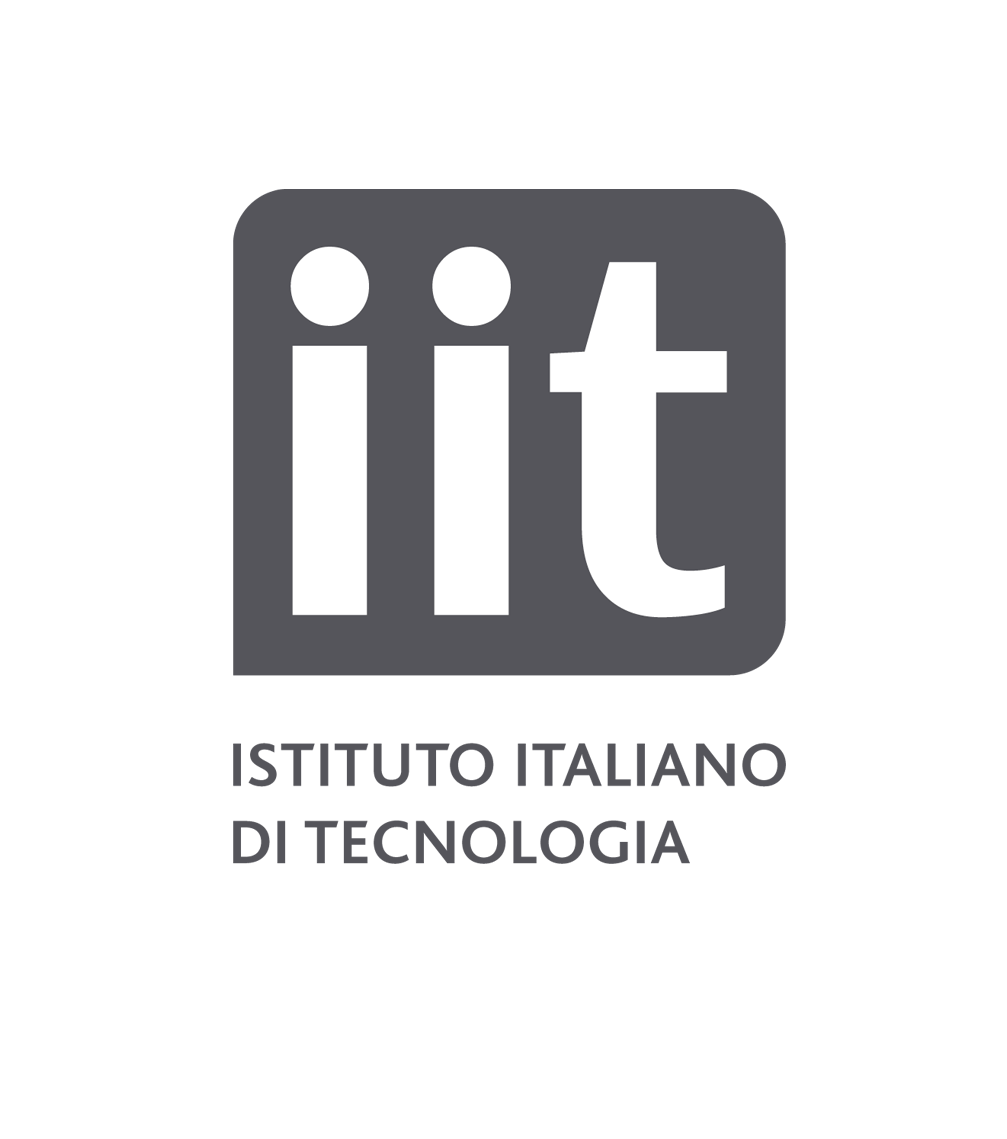Milena Arciniegas earned her degree in mechanical engineering from Universidad del Norte (Barranquilla, Colombia) and completed her Ph.D. at the Polytechnic University of Catalonia (Spain) in 2008. In 2009, she joined the Advanced Manufacturing Research Center (AMRC) with Boeing (UK), where she contributed to the development of advanced composite components for aircraft.
In 2012, Milena moved to the IIT (Genoa, Italy) as a postdoctoral researcher in Prof. Manna's group, focusing on the synthesis and mechanical characterization of nanocomposites. Her work led to significant advances in understanding and engineering nanomaterials.
She began her independent research career at IIT in 2018, establishing a small yet highly productive research team dedicated to studying the unique structural, optical, and mechanical properties of emitting organic-inorganic 2D layered structures. Her pioneering research has recently been recognized with an ERC Consolidator Grant, highlighting her scientific excellence and innovative approach.
Since 2024, Milena has coordinated the Automated Nanomaterials Engineering research unit at IIT, where she is shaping the forthcoming Automated Synthesis Lab and its data infrastructure as central pillars of her research program. Through this integrated approach, her team seeks to transform how functional nanomaterials are discovered and optimized—bringing automation and data-driven intelligence directly into the heart of nanomaterials design.
Education
2008 PhD in Materials Science and Metallurgical Engineering. Universitat Politecnica de Catalunya (UPC). Barcelona, Spain. Excellent Cum Laude.
2004 Postgraduate Certificate in Materials Engineering. Ghent University. Ghent, Belgium.
2002 M.Sc. in Mechanical Engineering. Universidad del Norte. Barranquilla, Colombia. Title homologated by the Spanish Ministry of Education and Science in April 2008.
Current Appointment
Since 2024, Principal Investigator, Automated Nanomaterials Engineering Research Unit. IIT, Genoa (Italy).
Since 2018, Affiliated Researcher, The Molecular Foundry, Lawrence Berkeley National Laboratory, Berkeley (California, USA).
Previous Positions
2018-2023 Researcher. Nanochemistry. IIT. Genoa, Italy.
2013-2018 Postdoctoral Researcher. Nanochemistry Research Unit. IIT. Genoa, Italy.
2012-2013 External Collaborator. Nanochemistry Research Unit. IIT. Genoa, Italy.
2009 Integrated Projects Team Member. Composite Centre. Advanced Manufacturing Research Centre with Boeing. Sheffield, England.
Grants—Ongoing Projects
2024-2029 Horizon ERC Consolidator grant “EVA” contract number 101124411, acting as PI.
2024-2028 Horizon-MSCA-2023-DN-01 “Track the Twin” - Tracking Nanomaterial Performance, Towards Digital Twins of Quantum Dots Under Loading. Project ID: 101168820, acting as coordinator for IIT.
2024-2028 Horizon-MSCA-SE-2022 “Delight - Designing of multifunctional nanomaterials for light-driven innovation technologies” Project ID: 101131111, acting as a team member.
2023-2024 User project “Atomic resolution imaging of layered perovskites”, acting as PI. Project funded by the U.S. Department of Energy.
Fellowships, Awards, and Honours
- Highlighted by the European Research Council in the ERC Magazine 2025:
- 07-09/2018, 07-08/2019, 08/2022, 05/2024 – Affiliated Visiting Scientist at the Molecular Foundry, Lawrence Berkeley Lab., Berkeley, CA (USA).
- 2023 – Selected by ACS Energy Letter among the Women Scientists at the Forefront of Energy Research. January 2023. https://pubs.acs.org/doi/10.1021/acsenergylett.2c02727
- 2022 – Invited as Discussion Leader of the session ‘Optoelectronics’ at the Gordon Research Conference on Colloidal Semiconductor Nanocrystals.
- 2021 – Highlighted by Advanced Materials among the top Women in Materials Science.
https://onlinelibrary.wiley.com/doi/toc/10.1002/(ISSN)1521-4095.WomeninMaterialsScience
- 2021 – Highlighted by Nanoscale among the top Emerging Investigators in Nanoscience and Nanotechnology. https://pubs.rsc.org/en/content/articlelanding/2021/nr/d1nr90087k
- 2021 – Highlighted by Nature Italy on the article ‘A Recipe for Perovskites’. https://www.nature.com/articles/d43978-021-00025-6
- Invited to interview for ERC Consolidator 2020 – panel PE 8.
- 2006/2008 – Training of Research Staff (FPI) Fellowship. Spanish Ministry of Education and Science. Barcelona, Spain.
- 2005 – One-year fellowship. Biomaterials, Biomechanics and Tissue Engineering Group. UPC Universitat Politècnica de Catalunya. Barcelona Spain.
- 2003 – One-year grant for student mobility exchange funded by the European Commission. Academic Formation for Latin America - ALFA program – Building the Future on Education.
Reviewing Activities
2024 Remote panel member, panel ST5 - National Science Center. Poland.
2022 Remote panel member, panel PE5 - ERC Consolidator grant 2022. EU Commission
2020-2022 Expert member of the proposal review board. The Molecular Foundry. Lawrence Berkeley Laboratories. USA.
2019 External evaluator PhD student selection. University of Trieste. Italy.
2019 Evaluator. PostDoc fellowship. Nanomaterials for Biomedical Applications group at the Italian Institute of Technology, Italy.
2009 PhD thesis evaluator. Dr. Marta Gonzalez. Universitat Politècnica de Catalunya. Spain.
Since 2017 I have been a regular reviewer for peer-reviewed international journals (American Chemical Society, Wiley, and Nature).
Organization of Scientific Meetings
10/2023 Co-organizer of the symposium ‘Functional Nanomaterials’ at MAT-SUS Fall Meeting.
12/2021 Co-organizer of the 2-days online workshop ‘Designing the Nanomaterials of the Future’ (150 people).
2019 Organizer of nanoseminars “at the Italian Institute of Technology. (45 people each seminar), Genoa, Italy.
Institutional Responsibilities
2025 Member of the Collegio Docenti University of Genoa. Genoa, Italy.
2025 Preparation of 4 different tenders for purchasing new lab automated instruments.
2025 Design and Development of the forthcoming Automated Synthesis Lab, and the related open tender preparation.
2019 Qualified as Associate Professor for the area of Engineering and Architecture. The Catalan University Quality Assurance Agency (AQU). Spain.
2014 Member of the commission for the PhD program in Chemistry, Italian Institute of Technology with University of Genoa. Italy.
Granted Patents
Masked Cation Exchange Lithography. R. Krahne, K. Miszta, A. Toma, F. Greullet, S. Marras, M. Prato, M. Arciniegas, and L. Manna. United States patent number: US 10160906. Issued date: 25th of December 2015. Contribution: Evaluation of the mechanical properties of the nanocomposites via nanoindentation.
